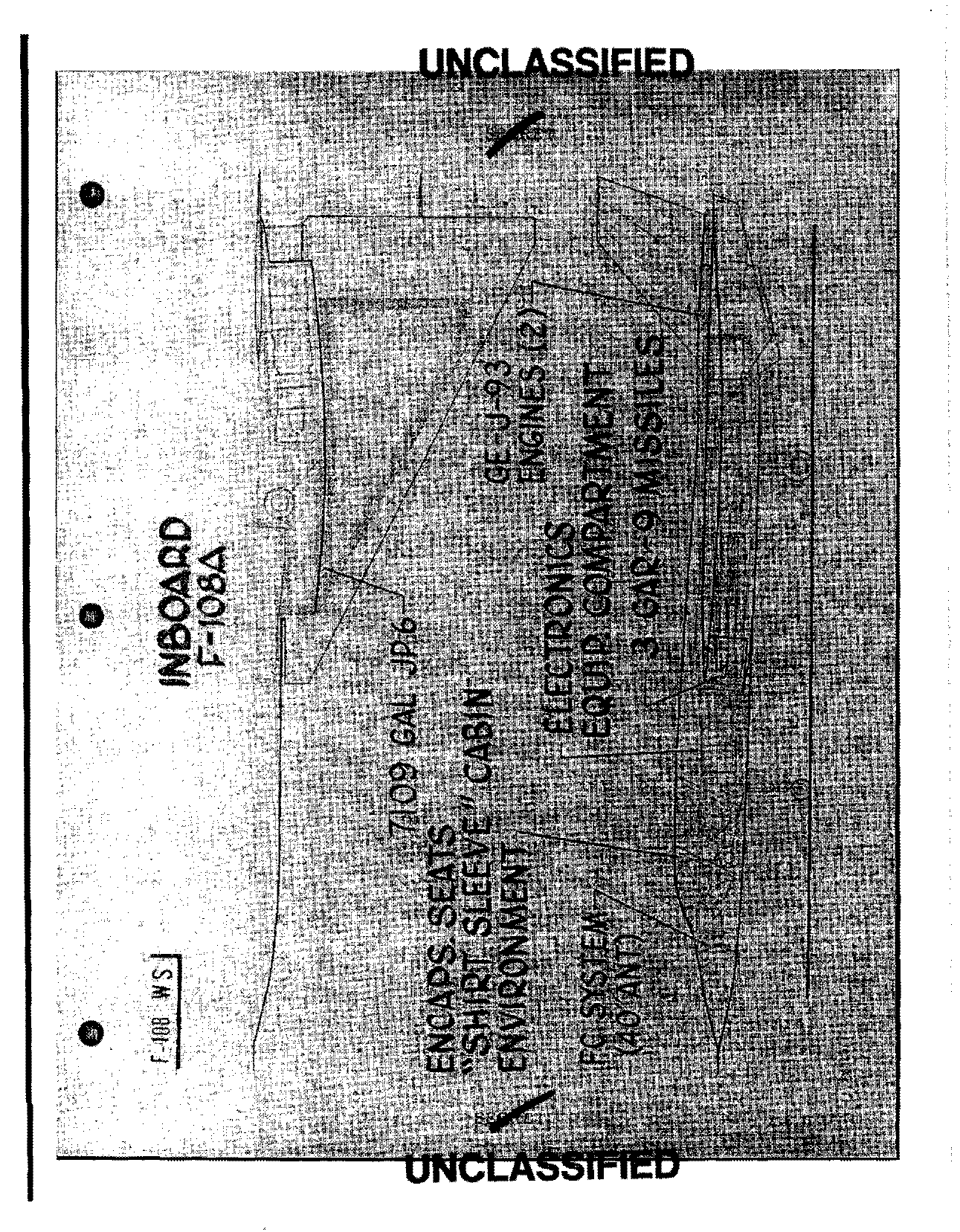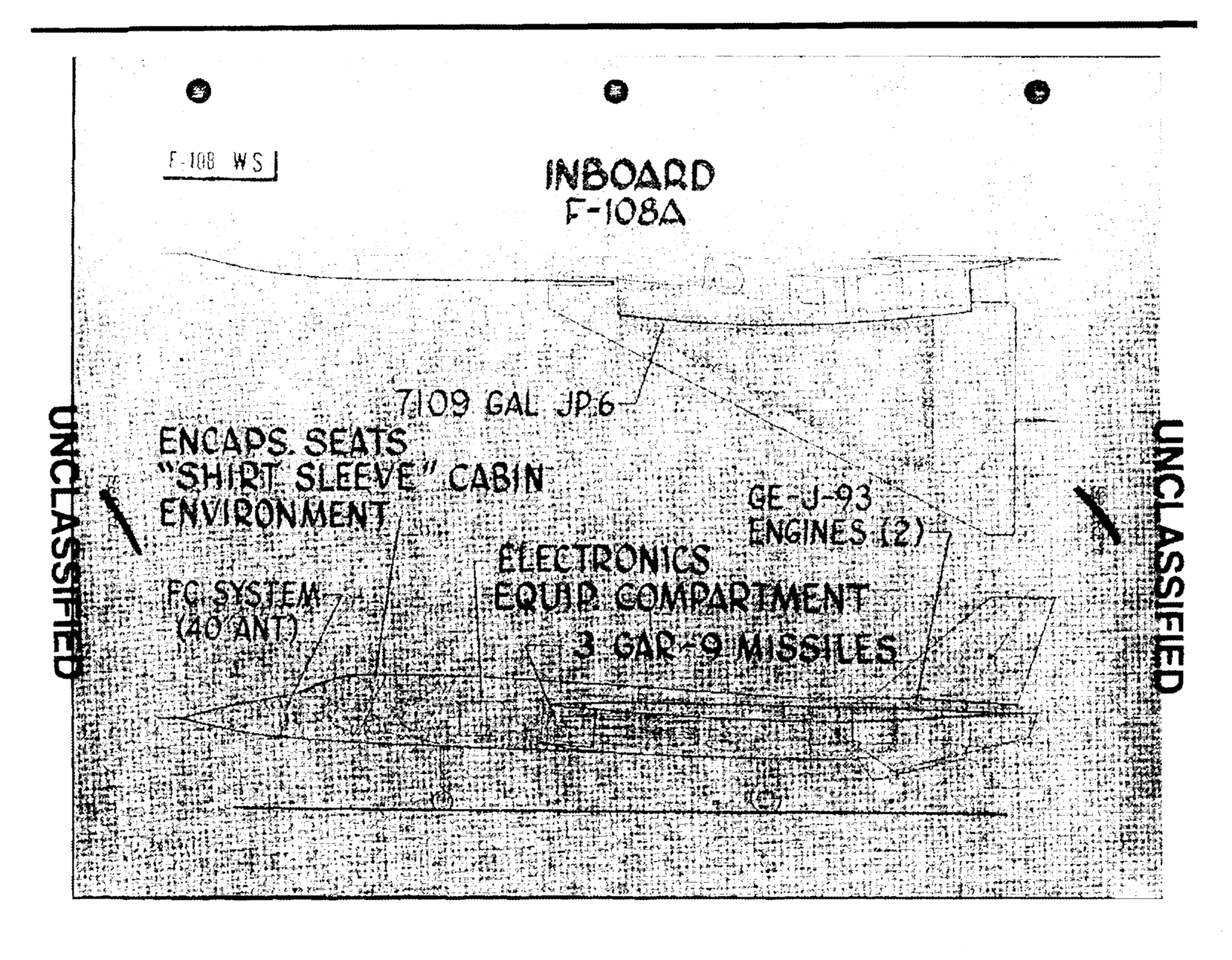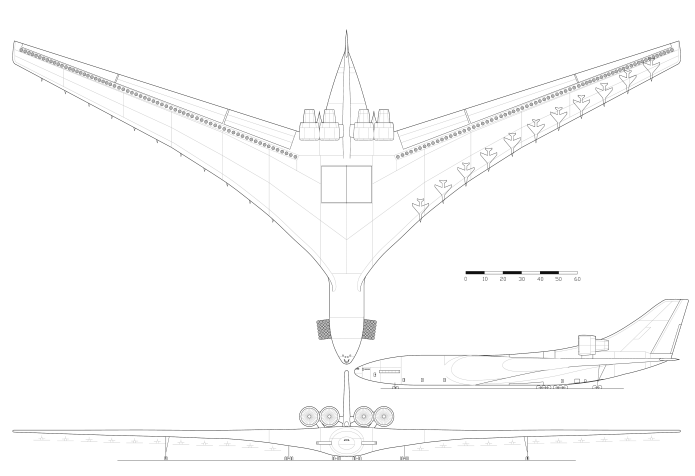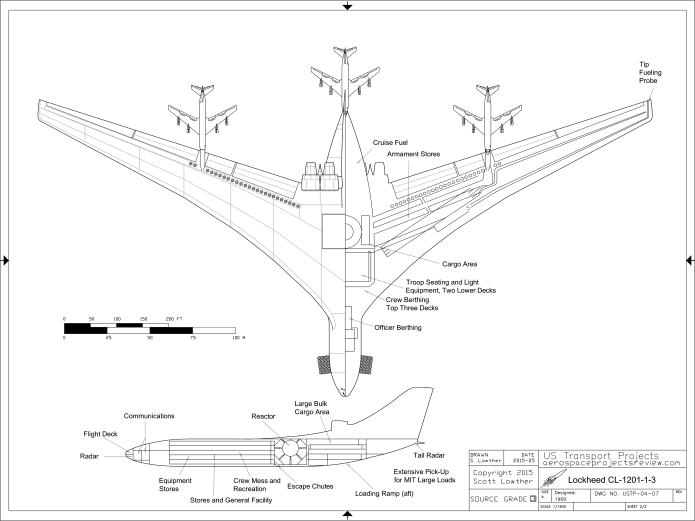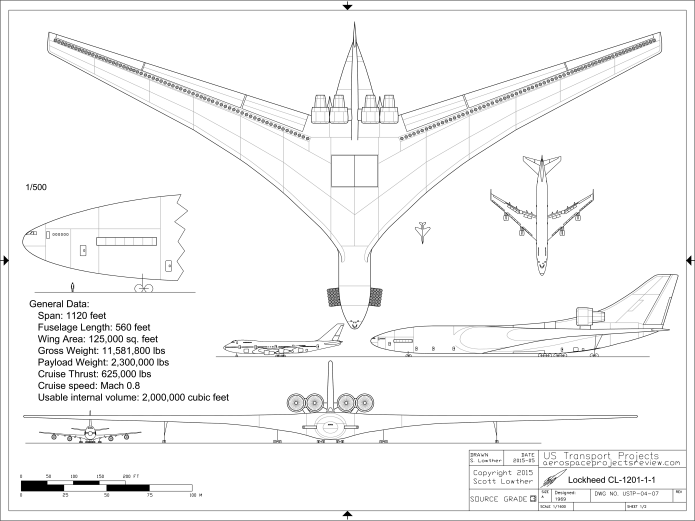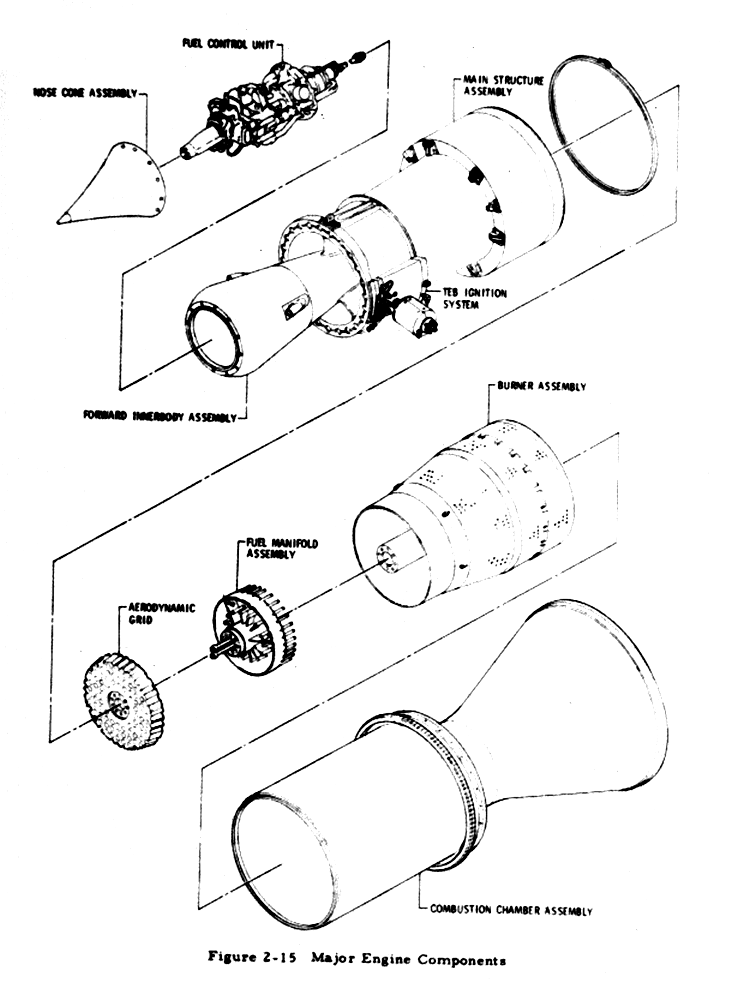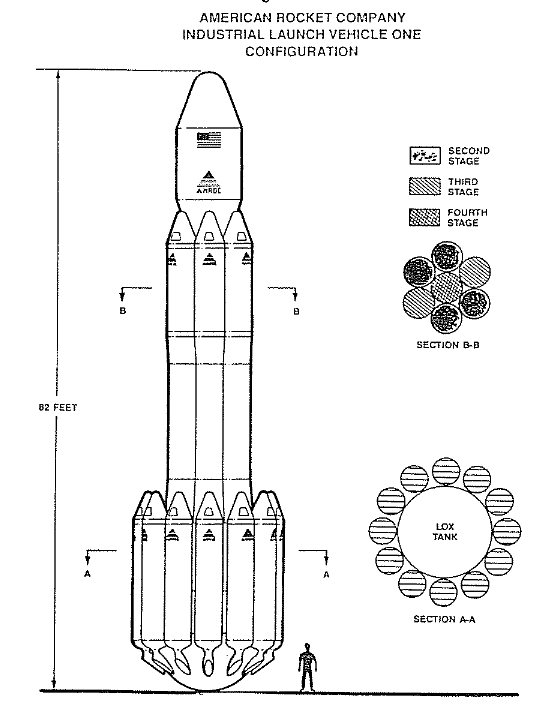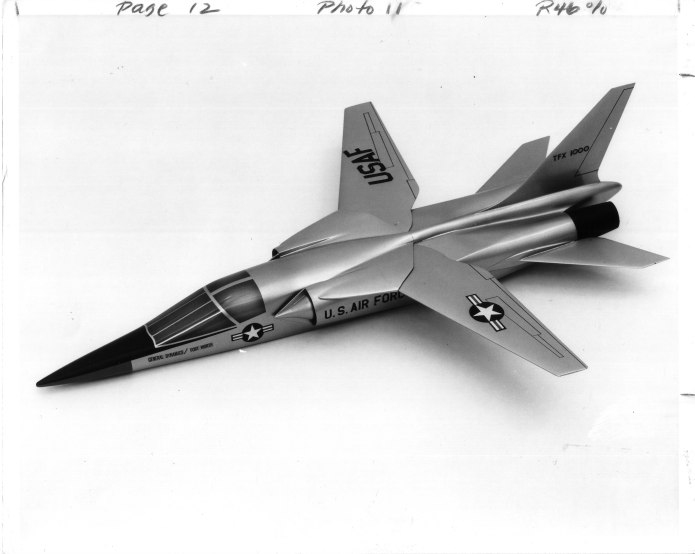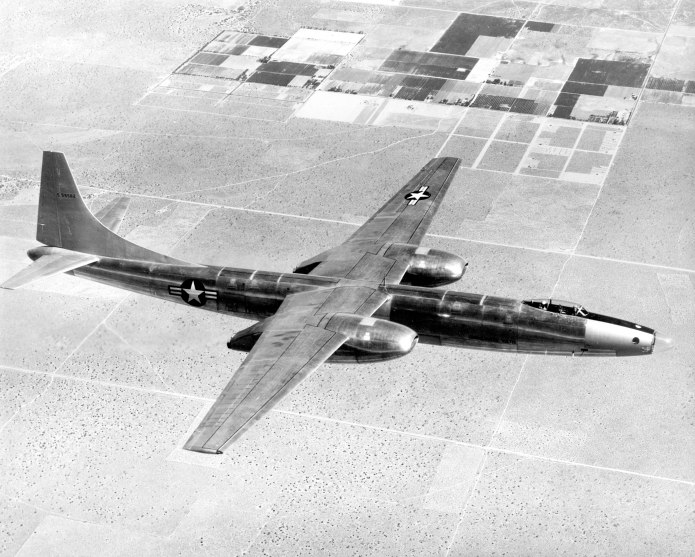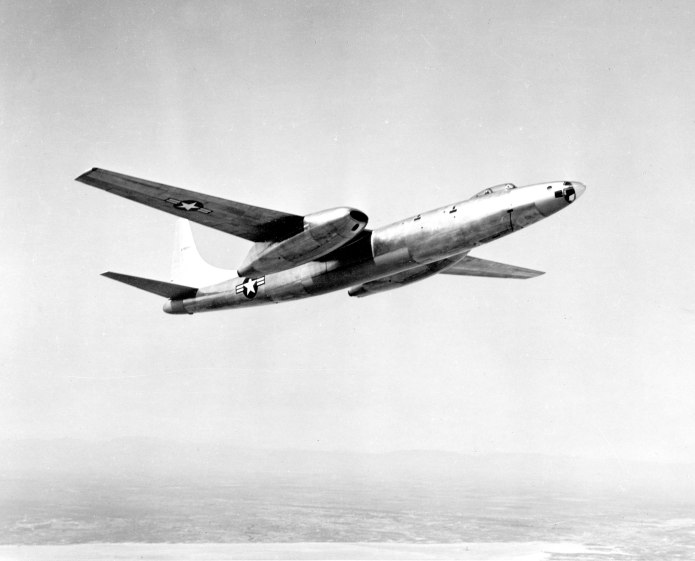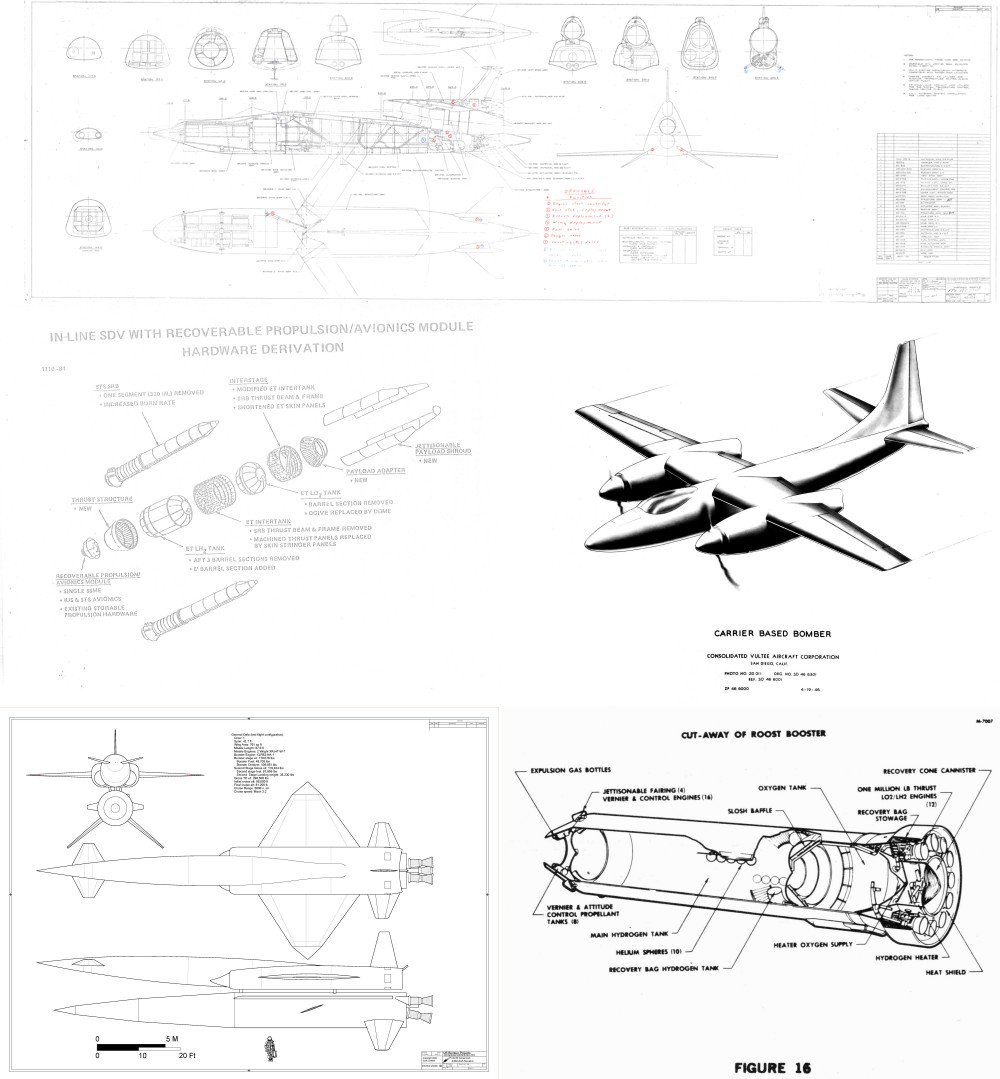Sigh. It’s sad to think that in many ways the 1970’s were more forward thinking than today. Solar Power Satellites the size of Manhattan, space colonies the size of small states. Today… apart from SpaceX, about the most you can hope for is ever more social media. Until, of course, you get deplatformed.
Below is a piece of NASA-Ames art depicting the interior of an Island 3 colony. The full size version is downloadable HERE. This was intended to be a cylinder 5 miles or so in diameter by 20 long, rotating along the long axis to generate “gravity.” In this design, fully one third of the “land area” was given over to windows that would bring in sunlight via mirrors. Other notions included mounting strips of very powerful artificial light on the “ground” facing up to light the other side (this was the Babylon 5 approach), mounting strips of artificial light along the central axis pointing outwards, having external parabolic mirror beam sunlight through the central axis and reflected or diffused outwards. In order for an island 3 habitat like this to be dynamically stable, you’d need two of them, side by side, rigidly linked at the hubs. This would counter the torque and prevent the cylinders from converting rotation around the long axis into end-over-end tumbling, which is the natural response of something like this (experiment: try to spin a pencils around the long axis. You will inevitably end up with it tumbling)

The NASA art below shows an exterior view of a complete colony.The habitats would need to be pretty close to the same mass, but otherwise their interiors could be very different… one could replicate, say, farmland and meadows and such with small towns scattered about; the other could have forests and large cities. One could be in winter, the other in summer. The full-rez is downloadable HERE.

There is a ring of “cans” around the end of each habitat. These are the agricultural units for the habitat; each independently spin around their own axis, generating the level of artificial G appropriate to grow wheat or corn or weed or hay or whatever is needed. Being smaller in radius, Coriolis effects would be substantially more noticeable; but as plants don’t care, and the job of agriculture will probably be done by robots, it doesn’t matter much. Each farm would be pretty well closed off from the others, so if some sort of blight were to pop up, chances are good it could be contained.
A few years ago I had a notion for a book – half technical descriptions, half manifesto/screed – about megaprojects. A description of not only what mankind could do given time and energy, but what mankind *should* do in time. As with a lot of things, this books got squashed by the realization that its already been done (gosh, thanks Isaac Arthur), but I still kinda want to 3D CAD model one of these things. I’ve not thought about that book in some years… got a hundred pages into it, I think. Shrug.
I’ve found that archives going from pure-paper to digital to be as much a curse as a blessing. Sure, the stuff that gets scanned and placed into publicly accessible archives? Great. But… often enough, archives that scan their stuff often decide that once the original is digitized they have no further use for the original… and it gets thrown away or outright destroyed. that wouldn’t be *too* bad if the scans were good. but too often they’re not. All too often the scans are *crap.* For example, some years back NASA scanned in the files of a deceased engineer. *Lots* of great stuff was scanned and made available. A lot of what the guy had were large format diagrams of hypersonic aircraft… X-24C derivatives, hypersonic research aircraft, HSTs, that sort of thing. What actually got scanned: just the data block. The on-hand scanner was good for letter size, so rather than going to the bother of scanning the large format sheet in chunks, or taking it somewhere than had a large format scanner, whoever did the scanning just scanned, essentially, the title of the thing. And then what? NASA destroyed the originals. You can see the titles, you can see perhaps a piece of a tail or a wingtip… and in all probability that’s all you will *ever* see, because they just couldn’t be bothered.
Recently the “AF FOIA Reading Room” appeared. I’ve found a *few* things of interest on it, one being a summary of the F-108 and B-70 programs. It’s reasonably well illustrated, which is a bonus. Should be great, right? Prepare to be disappointed. Here is the quality of the digitized document… 2-bit black and white at low resolution:
That’s friggen’ craptacular. 2-bit is always the mark of not-giving-a-damn, but to do that with old, clearly time-darkened paper is a crime against humanity. The only way to hope to make anything halfway decent from it is to go through it and manually clean it up. The secondary approach of letting the computer try gives results that are just plain disappointing:
It is *somewhat* clearer. But a whole lot of data is simply lost and unrecoverable, even with manual, skilled and talented cleanup. The “Enhance” button only does so much.
So if *you* have interesting aerospace diagrams and documents, *please* don’t do this. The minimum for text and diagrams is 300 dpi, grayscale, saved in a lossless format such as PNG or TIF. If the diagrams are the slightest bit faded, or if there is anything remotely colorful, scan in full color. Photos and art… full color and consider scanning at 600 or even 1200 dpi. Sure, the file sizes are way bigger. But storage space is vastly cheaper and more abundant than it was just a few years ago. And there are people, AHEM, who will scan this sort of thing for you, just to make sure it’s preserved.
As is known far and wide, I’m not well known. What little fame I have is largely bound up is the aerospace history research and illustration I’ve done; I’m *hoping* that when the two books I’m working on now get published things will change a bit (well, I hope my *work* gains a bit of fame; I’ve little use for *me* becoming famous). Still: while I toil in obscurity, I find that the products of my labor do have a tendency to pop up here and there. Usually when the diagrams I’ve created are used by someone else there’s some sort of attribution… but not always. There’s little to nothing that can be done about that, of course. Just sorta grit my teeth and move on.
So I watched this video, gritted my teeth and will, I suppose, move on. Note that it uses diagrams I created for Aerospace Projects Review issue V1N3 and US Transport Projects #04. What I suppose was funny was that when I started watching the video I largely *expected* to see my diagrams to show up in it… and, yup, there they are. As of this writing, the video has had about half a million views, not a one of which read where the diagrams came from.
UPDATE: After comms with the video maker: it seems he received the diagrams from someone else claiming them as their own. There have been revisions to the description including proper attribution. If this all pans out, there may be collaborations in the future.
A ca. 1964 Boeing rendering of an HL-10-derived spaceplane in orbit. Numerous companies – Boeing, McDonnell, Lockheed, Northrop, etc. – contemplated the development of a logistics spaceplane based on the HL-10. The spaceplane itself would, rather like the X-20 Dyna Soar, have been minimally functional in space; most of the propulsion and power would have come from the attached adapter module. The conical adapter would have also carried the bulk of the vehicles payload to be delivered to orbit, and would be used to provide a de-orbit burn for the spaceplane. The adapter would therefore burn up on re-entry, leaving the lifting body to glide to a runway landing. The spaceplane itself would be crammed full of astronauts and the life support they’d need; there would generally be little capacity for anything else, certainly not payload going back downhill. This was fine, though, as there were few enough payloads other than humans that made sense to send *back* down the gravity well.
An exploded view of the Marquardt ramjet engine that powered the Lockheed D-21B. The engine was derived from the ramjet that powered the Bomarc missile; interestingly, it went from a SAM engine that ran for at most fifteen minutes to a continent-crossing drone engine that ran for an hour and a half. The D-21 program was riddled with failures, but the engine was not a real source of trouble. What did become a minor source of trouble: after the seventeen surviving D-21s were mothballed, the nosecones of the engines had to be specially removed: being made of a thorium alloy, they were slightly radioactive.
A piece of concept art depicting the AMROC Industrial Launch Vehicle 1, circa 1987. AMROC specialized in hybrid launch vehicles, and the privately funded and developed ILV was no different. What the vehicle looks like is a liquid propellant core vehicle with a bunch of solid rocket strap-on boosters… but what it actually is is a core made up of liquid oxygen tanks, surrounded by clusters of solid fuel motors. The motors were fed LOX from the core, firings together to create a sort of plug nozzle using the aft end of the propellant tank to react against (though it appears the bulk of the expansion took place within individual nozzles). When the first stage motors burned out, the whole thing fell off as a single stage. The vehicle had four stages; stages 2,3 and 4 were made of different solid motors around a common liquid tank core. The whole stack was 82 feet long. It was supposed to have been able to deliver 1800 kilograms to a 200 km orbit from KSC, or 1350 kg to 200 km polar orbit from Vandenberg; a little over 1400 kg to a 1000 km KSC orbit or about 1050 kg to a 1000 km polar orbit. First launch attempt was to be in the latter half of 1988… that didn’t happen.
A few seemingly random (because they are) photos. First: a display model of an early General Dynamics concept for what would become the F-111.
And then… two photos of the Convair XB-46 in flight.
I’ve uploaded the full-rez versions of these to the APR Dropbox, into the 2021-01 APR Extras folder. This is available to any APR Patron or Subscriber at the $4 level and above.
Let me get this out of the way: flying cars are a COOL IDEA that, when the rubber meets the road and the math hits the calculator, generally doesn’t make much sense. You end up with a car that isn’t that good married to an airplane that isn’t that good. More expensive than either a car or a light airplane should be, with the performance of neither.
Nevertheless, it remains an evocative notion. And from the standpoint of an aerospace engineer, an interesting engineering exercise. And one of the more recent, more interesting flying car concepts is the “Firenze Lancaire.” This design says “to hell with making a flying car for the masses” and goes straight for the “hypercar” market. The end result is a carbon fiber bodied vehicle with Tesla motors and batteries for getting around on the roads, and two turbojets for getting around in the air. The car is quite large and would be difficult to park, but if you’re paying five million dollars for a car you’re probably not taking it to WalMart.

The website is filled with snazzy images. It just looks sci-fi-cool. But it also looks… kinda incomplete. There are no control surfaces; the wing structure is largely undefined. The wing folding mechanism is interesting and all, but the wings do not appear to have a good structural attachment to the car. They look like a modest G-load and they’ll snap right off.
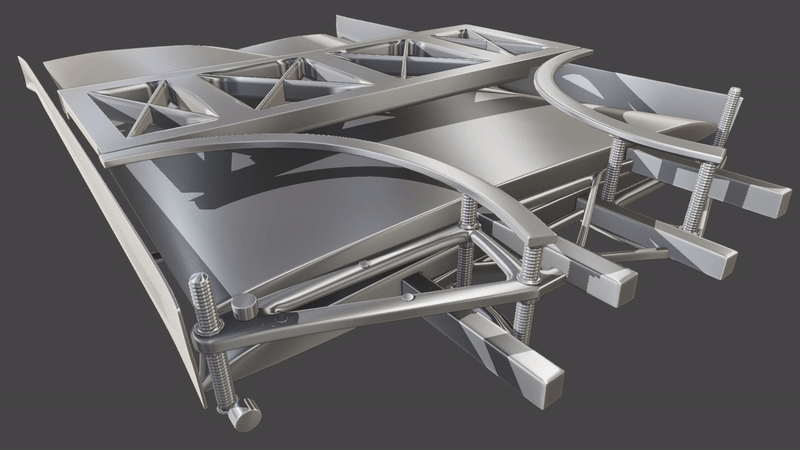
Is this for real? Is it a serious engineering effort… or is it just someone’s demonstration of their ability to make spiffy CAD models? I don’t know, though I have suspicions. There are enough moving parts on this thing to get it legally qualified as an Autobot, and that worries me some.

Just released, the December 2020 rewards for APR Patrons and Subscribers. Included this month:
Diagram: a large format diagram of a Lockheed cruise missile. The designation of the missile is not given, but this looks like a SCAD design.
Document 1: Consolidated Class VB Carrier Based Bomber, from 1946
Document2: “Economic Aspects of a Reusable Single Stage To Orbit Vehicle,” a paper by Phil Bono on the ROOST launch vehicle from 1963
Document 3: “Shuttle Derived Vehicles,” a NASA-MSFC briefing to General Abrahamson from 1984
CAD Diagram: XSM-64A Navaho, the configuration that would have been built as an operational vehicle had the program gone forward
If this sort of thing is of interest, sign up either for the APR Patreon or the APR Monthly Historical Documents Program.
